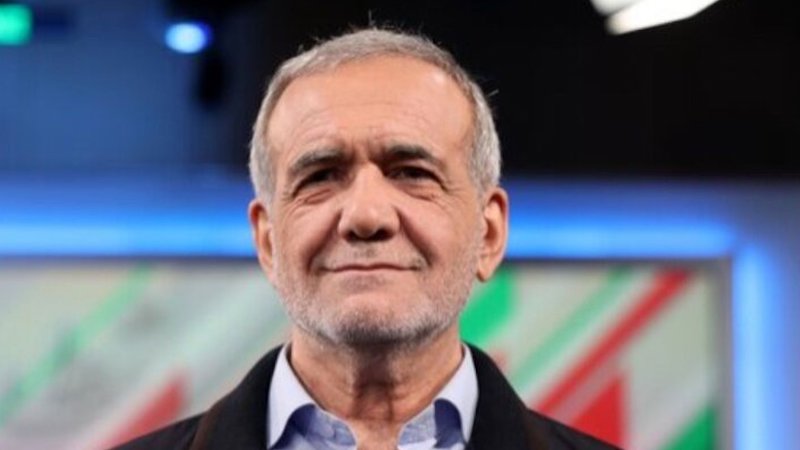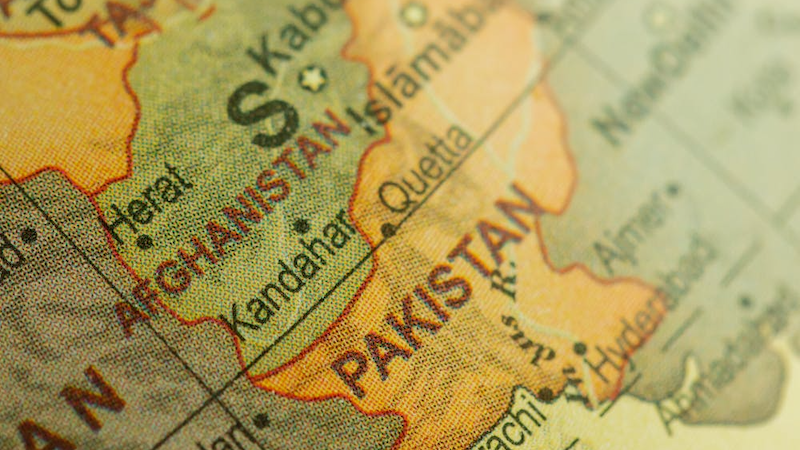
The UN voiced deep concern on Friday at the increase in the intensity of exchanges of fire across the Blue Line, which separates Lebanese and Israeli armed forces.
The latest escalation, which occurred on Thursday, “heightens the risk of a full-scale war”, the Office of the Spokesperson for the Secretary-General said in a note to correspondents.
“Escalation can and must be avoided. We reiterate that the danger of miscalculation leading to a sudden and wider conflagration is real,” it added, stressing that a political and diplomatic solution is the only viable way forward.
It further noted that on Thursday, the UN Special Coordinator for Lebanon (UNSCOL), Jeanine Hennis-Plasschaert, met with the country’s officials, including Parliament Speaker Nabih Berri and caretaker Prime Minister Najib Mikati, underscoring the need for de-escalation across the Blue Line.
“We echo the appeals of UNSCOL and the UN Interim Force in Lebanon (UNIFIL) urging the parties to immediately return to a cessation of hostilities and to recommit to the full implementation of Security Council resolution 1701,” the note added.
Nine in 10 displaced in Gaza
Meanwhile, nine out of 10 people in Gaza are now reported to be internally displaced, according to the UN Office for the Coordination of Humanitarian Affairs (OCHA) in the occupied Palestinian territory (OPT).
In a humanitarian bulletin on Friday, OCHA cited estimates indicating that the number of people internally displaced within Gaza has risen from 1.7 to 1.9 million people.
“Mass displacement has been predominantly driven by evacuation orders issued by the Israeli military, extensive destruction of both private and public infrastructure, restricted access to essential services, and the persistent fear of ongoing hostilities,” OCHA noted.
It added that Israeli bombardment from the air, land, and sea continues to be reported across much of the Gaza Strip, resulting in further civilian casualties, displacement, and destruction of houses and other civilian infrastructure.
Major hospital ‘empty’
OCHA also reported that on 1 July, Israeli military issued the second largest evacuation order since October 2023, urging residents of 71 residential blocs in eastern Khan Younis and Rafah to immediately evacuate westwards to what the military defines as a “humanitarian zone” in Al Mawasi.
Though the authorities clarified the next day that the order did not apply to the European Gaza Hospital (EGH), most medical staff and patients there – including those who were on their beds with drips, hastily fled in fear that it would become non-functional based on past experiences at hospitals that were in areas slated for evacuation.
EGH was completely empty by that evening and all 320 medical personnel and patients had left, OCHA said.
Most patients were referred to Nasser Medical Complex, which reached full capacity with more than 350 inpatients, amid critical shortages of medications and supplies for surgeries.
Severe lack of fuel
Furthermore, lack of fuel is exacerbating the provision of healthcare.
“Further disruption to health services is imminent in Gaza due to a severe lack of fuel,” Tedros Adhanom Ghebreyesus, Director-General of the UN World Health Organization, warned in a post on X, formerly Twitter.
“Only 90,000 litres of fuel entered Gaza yesterday. The health sector alone needs 80,000 litres daily, forcing the UN, including WHO and partners to make impossible choices,” he added.
Limited fuel has also affected water and sanitation infrastructure, worsening living conditions and complicating aid operations across the war-ravaged enclave.





